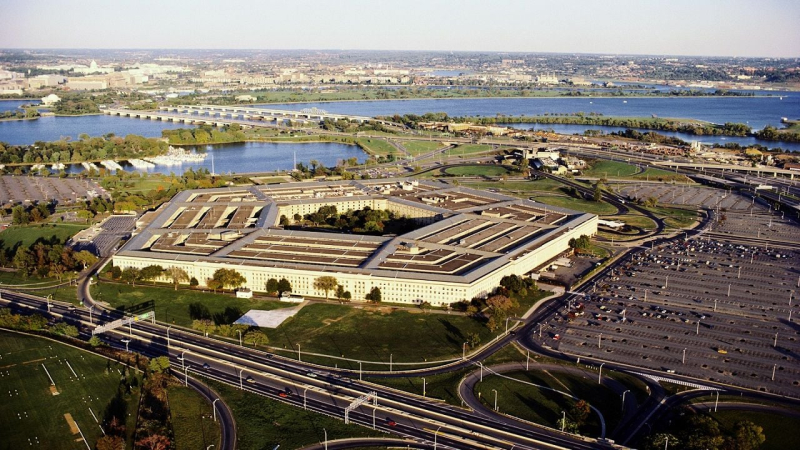
During a joint press conference at the Pentagon following Operation Midnight Hammer, US Defense Secretary Pete Gegset and Chairman of the Joint Chiefs of Staff General Dan Kaine made their first official statements on the strike on Iran's nuclear facilities.
US military remains on high alert
General Kaine stressed that American forces remain on high alert.
“Our forces remain on high alert and fully prepared to respond to any Iranian retaliation or proxy attack, which would be an incredibly bad choice. We will defend ourselves. The safety of our troops and civilians remains our top priority,” he said.
According to Kane, the air attack was the largest strike in history using B2 strategic bombers.
Now watching
The strike met with no resistance from Iran, with no surface-to-air missile launches or fighter interceptions recorded.
He also specified that at the early stage of the operation, the US used deception maneuvers in the Pacific Ocean, and reconnaissance aircraft flying ahead of the main group helped ensure the passage of the main strike echelon to the targets.
The US used 14 30,000-pound Massive Opportunity Penetration (MOP) bombs on two nuclear sites, marking their first combat use. The bulk of the operation was carried out by seven B2 Spirit strategic bombers flying east from the continental US.
In addition, the launch of more than 24 Tomahawk cruise missiles from a US submarine at targets in Isfahan was confirmed. In total, more than 125 US aircraft were involved in the special operation.
“This was a challenging and risky mission that our combined forces accomplished with exceptional skill and discipline,” Kane said.
US strike on Iran
US Air Force bombers struck nuclear sites in Iran early Sunday morning.
UN Secretary-General Antonio Guterres expressed concern that this could lead to a dangerous escalation of the conflict in the Middle East.
US warplanes and submarines have attacked three key Iranian nuclear sites, marking a direct US intervention in the war between Israel and Iran.
The strikes targeted two major uranium enrichment centers – a fortified facility in the mountainous region of Fordow and a plant in Natanga that Israel had previously attacked with less powerful weapons.
The third site is located near the ancient city of Isfahan, where Iran is believed to store uranium.

